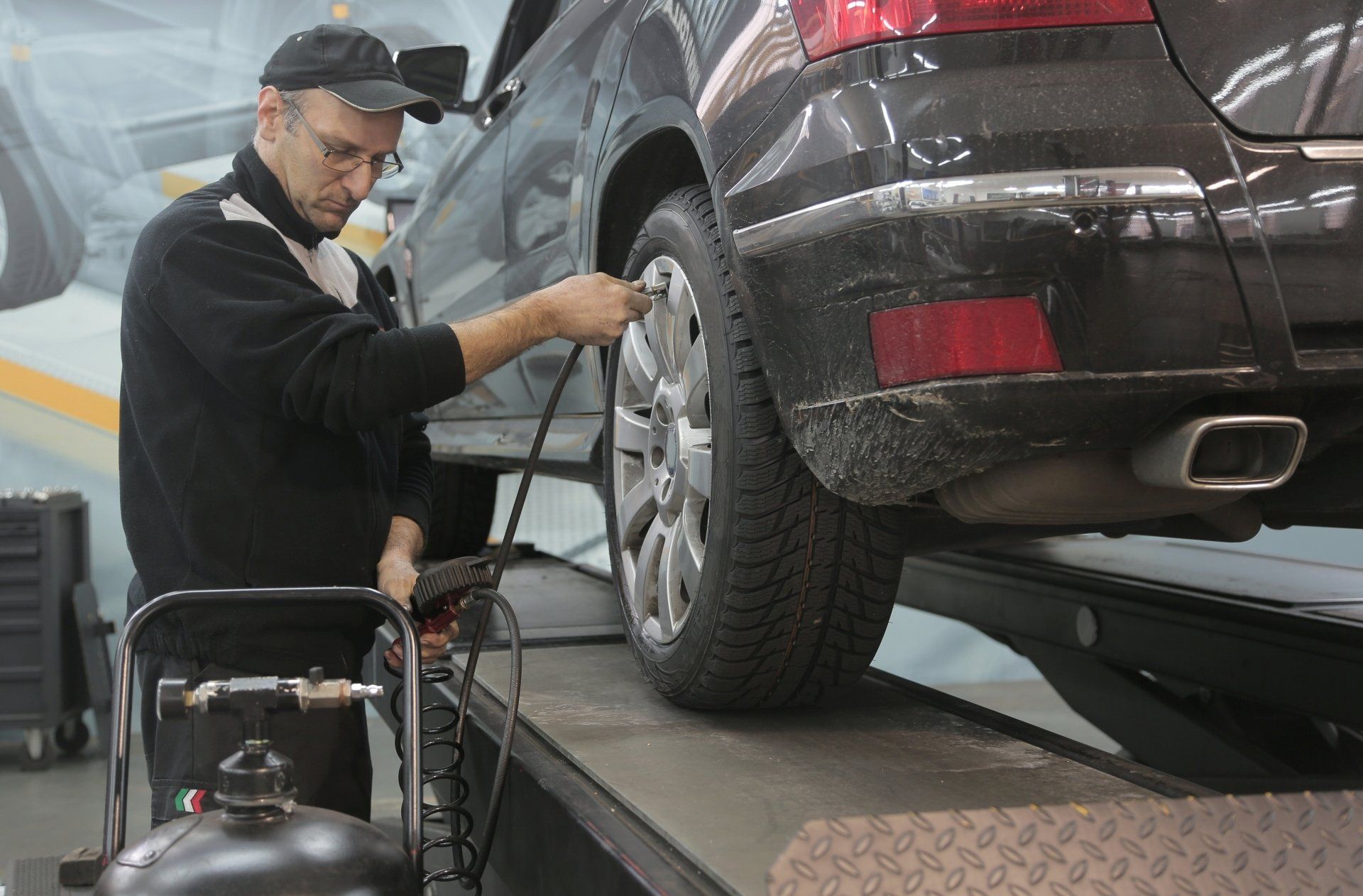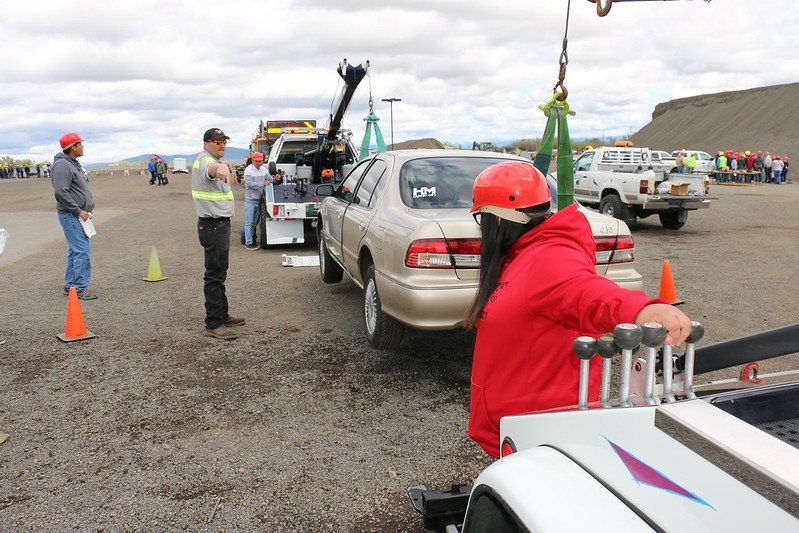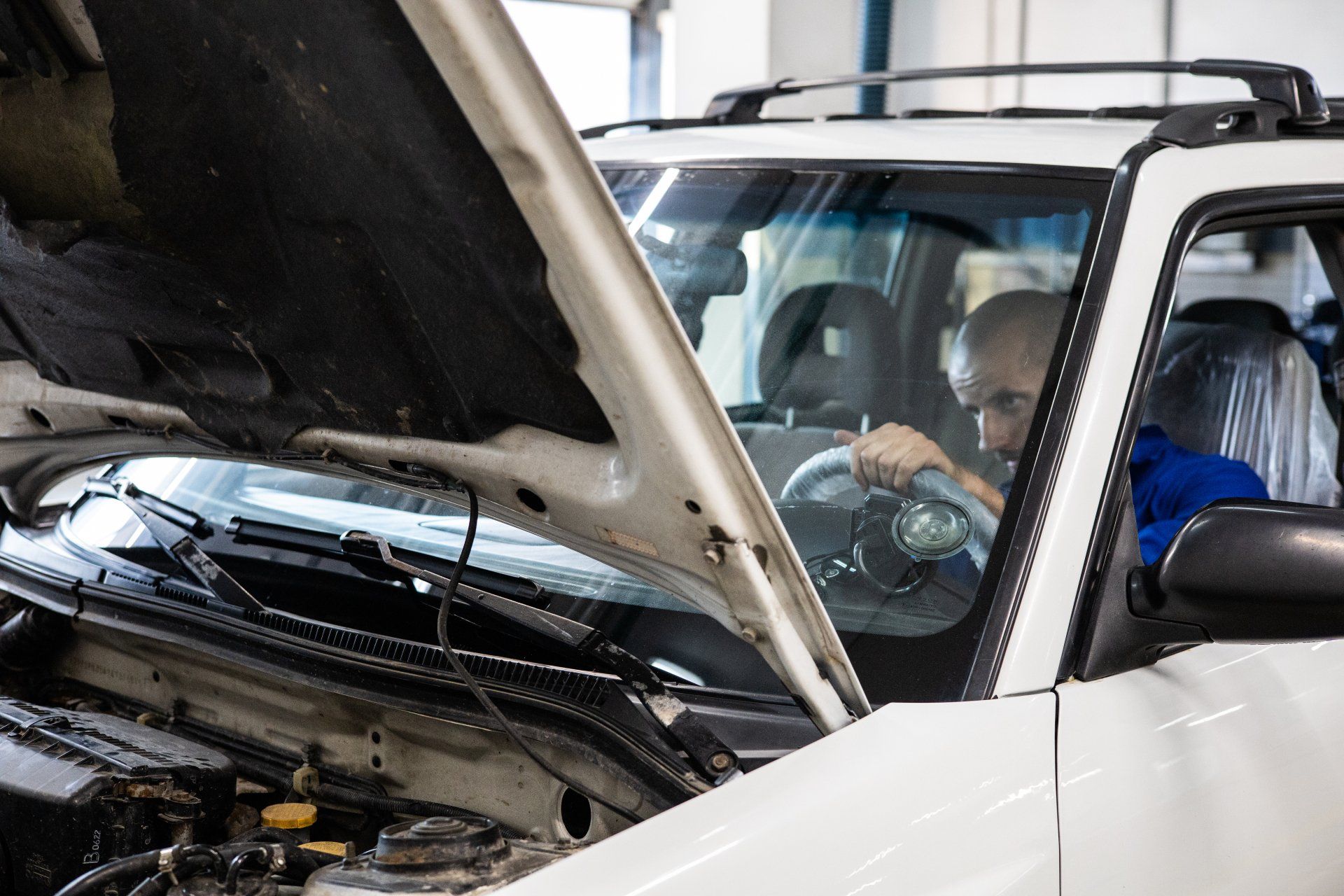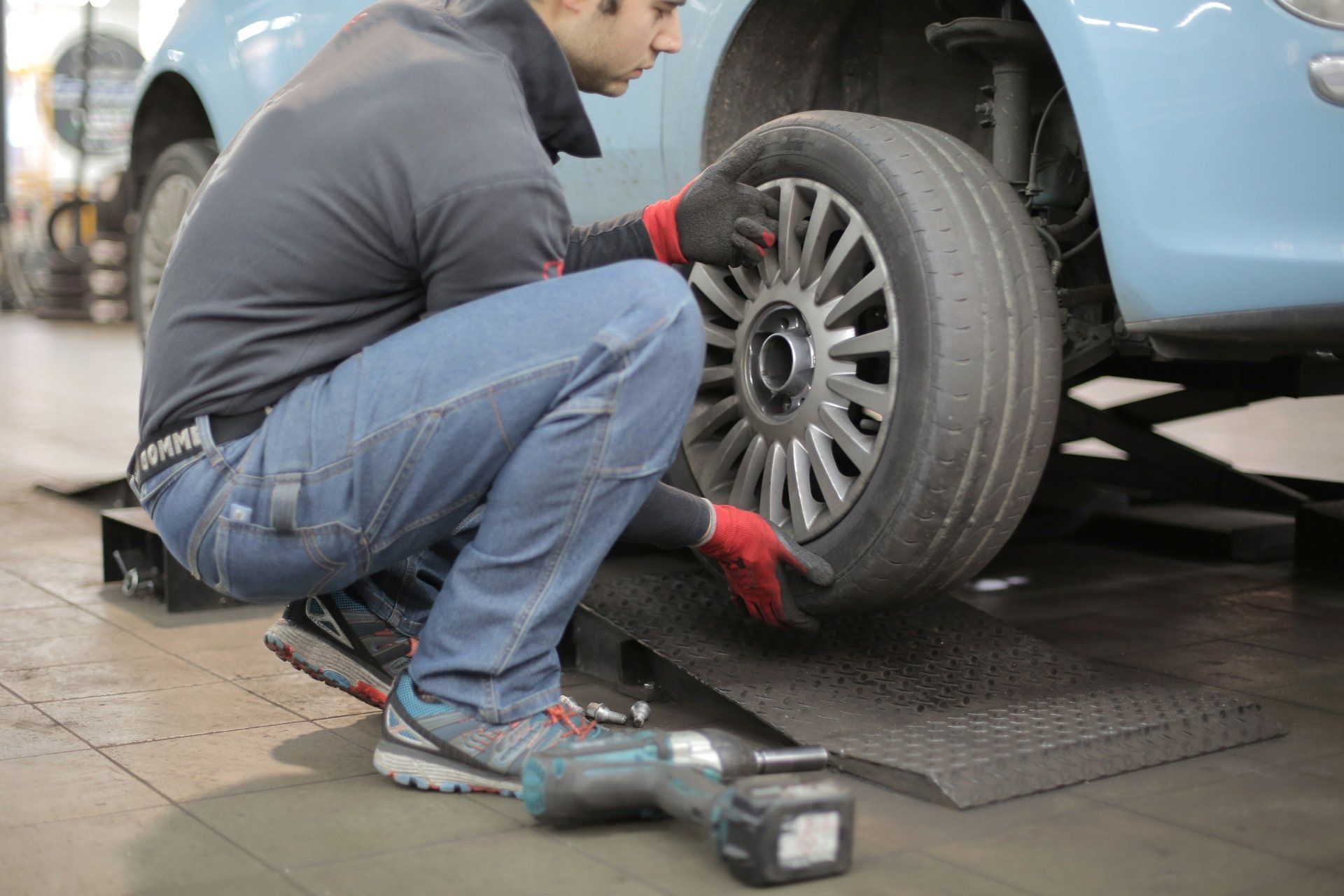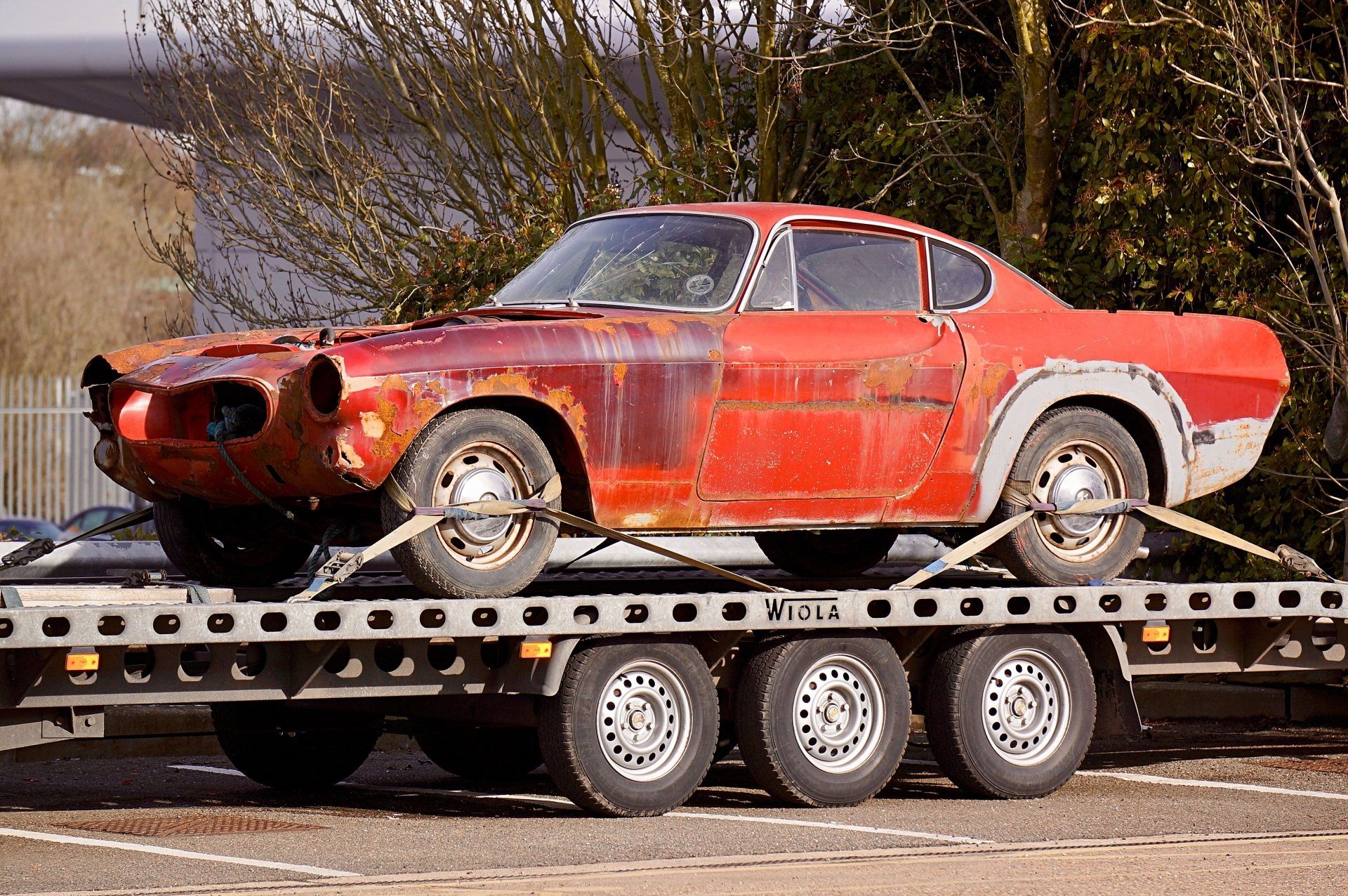How to Drive Safely on Wet Roads
Pointers For Driving on Wet Roads
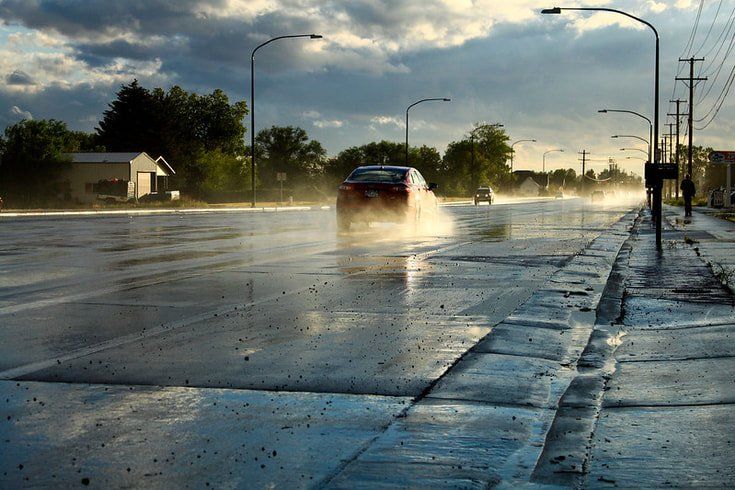
The hazards involved with driving during heavy rainfall are often very apparent. Statistics point to the fact that thousands of accidents occur due to poor visibility caused by rain. Accidents have also analogously occurred when a car loses control and hydroplanes off the road or into other vehicles. The importance of being aware of the condition of the road is crucial when driving in this torrential environment. The most unfortunate side effect of these mishaps on the road is that some transpire into fatalities. These situations could often be avoided with the proper knowledge of how to handle rainy conditions with the safest tactics possible. This article will show you how to drive courteously and safely in the rain, as well as, avoid collisions and mishaps at all costs.
Creating a Hazard
It is apparent to anyone who drives through the lush forests of Northern Arizona that our trees enjoy a semi-substantial amount of annual rainfall. Residents of Flagstaff are often grateful for the precipitation as it provides necessary nutrients to plants and wildlife. However, what most people do not think about is how the rainfall is altering the superficial layer of asphalt that we all drive on. Roads are laden with dust, rock, debris, and rubble that microscopically become granulated into the oils of the asphalt. When layers of rain begin to mix with these oils and grime, it creates a slick surface that is less has a smaller coefficient of friction. For those who remember physics class, a smaller coefficient of friction is more slick, while a higher one is more rugged. In essence, when rain, asphalt oil, and dirt mix, it creates a less than stable environment for your vehicles wheels to stop.
Slow is Smooth, Smooth is Fast
So how do we work around this smaller coefficient of friction caused by rainfall? The answer is simple; it is to slow down. Moving at a slower speed will do many things physically to your vehicle that will drastically reduce the chance of hydroplaning or pond skipping. First and most importantly, when you drive slower it widens the surface area of the tire on the ground. This gives the vehicle more traction and translates to a better grip on the road. Sudden movements like slamming on the brakes or accelerating rapidly are ways that can reduce the traction on the tires and create a scenario for mishaps or accidents in the rain. Make sure that your driving is slow and controlled when moving through wet conditions and repeat the mantra 'slow is smooth and smooth is fast'.
Rainy Road Etiquette
Keeping yourself and those around you safe should be the main concern when driving on wet roadways. Use your intuition to make sure that your defensive driving skills are always being practiced to avoid collisions. Nobody wants to call a tow truck, so make sure to apply these simple tips when driving in the rain.
Always keep a respectable distance away from the car in front of you. It takes nearly three times longer to brake in the rain than in dry conditions, leaving a large gap between vehicles will ensure a longer time to react and adapt.
Make yourself as visible as possible to other drivers. Regardless of the time of day, turn on your headlights to make sure those around you can see you. Likewise, make sure that you keep a keen eye out for brake lights as this often means you will need to slow down and adjust your braking accordingly.
If the worst has happened and you begin to drift or hydroplane, make sure to steer into the drift, not away. Do not slam your foot on the brake pedal but rather apply firm pressure without pumping the pedal.
Check Your Shoes
No not your literal shoes on your feet, check your cars shoes. The tires of a car can be the reason who one vehicle skids and the other one does not. Having slick tires will drastically increase the chances of sliding on the road. Routine checkups on your tires should be done regardless of the weather outside. Make sure that you have adequate tire pressure and that your tread is not worn down by anymore than 1/12 of an inch deep. Rotating the tires will also extend the life of the tread and ultimately keep you safer on the road.
If you do find yourself needing a tow, our company is standing by to assist, no matter the whether. Do not hesitate to reach out to us 24/7!

